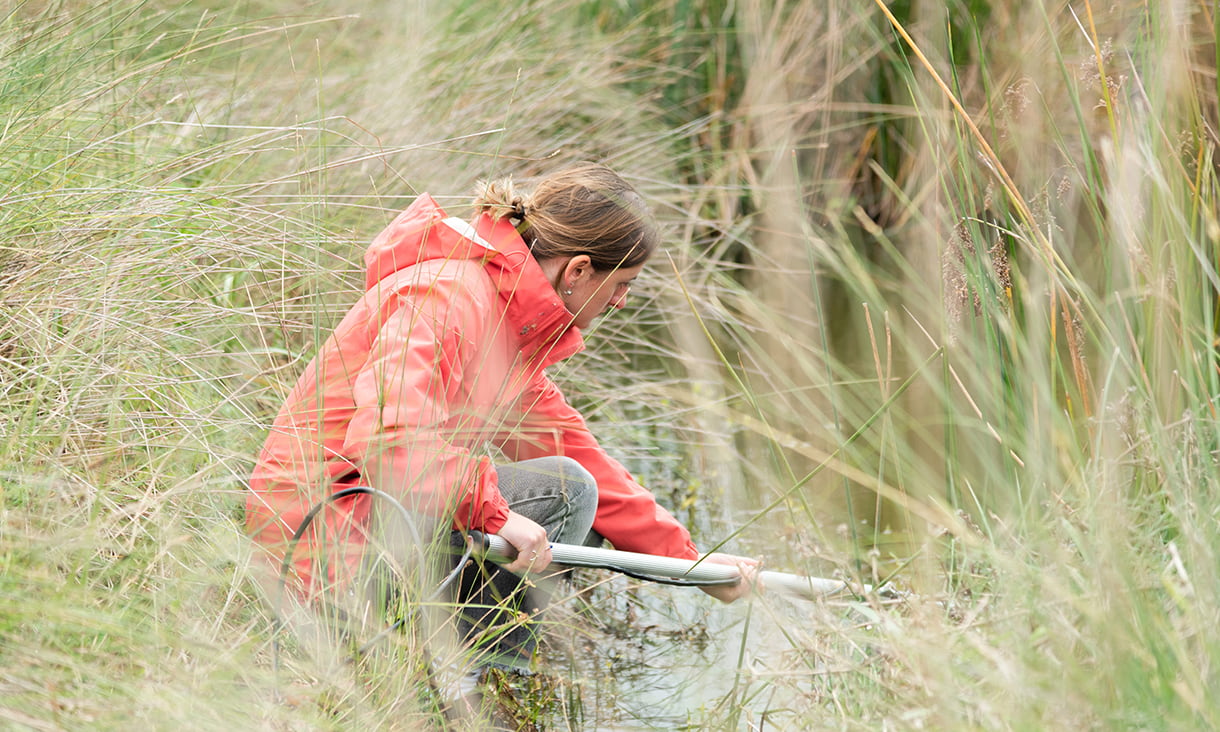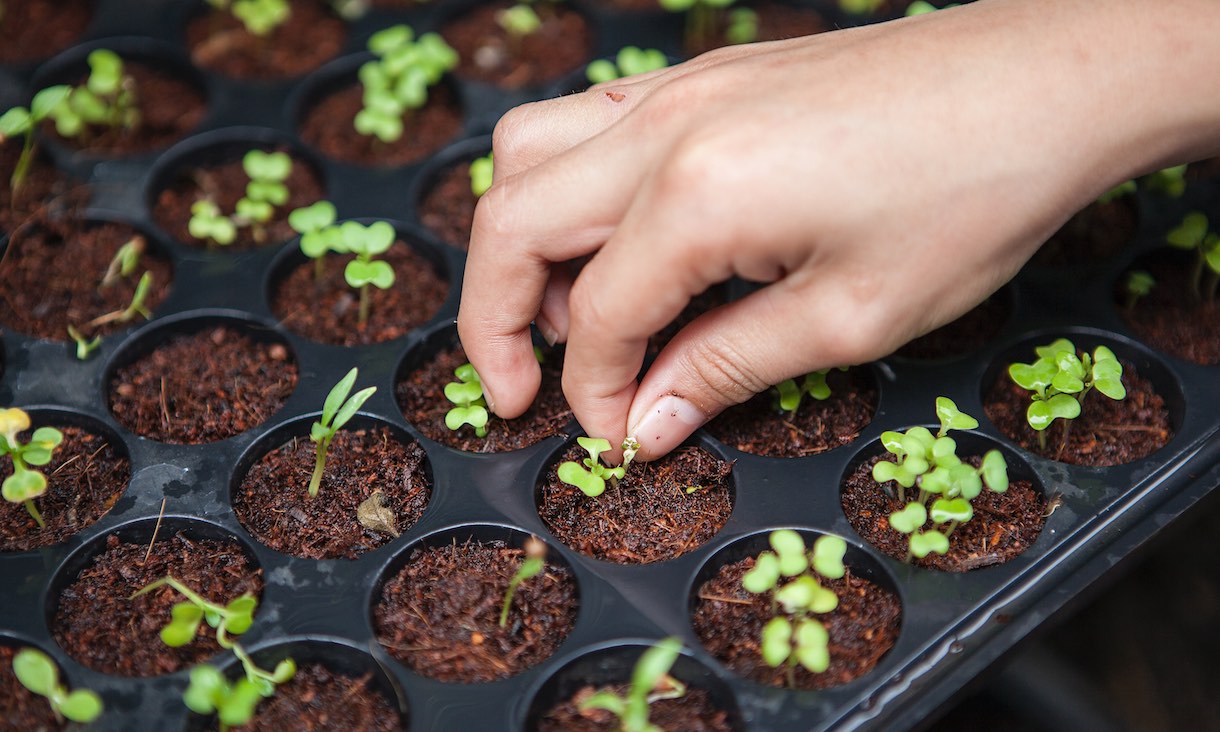Welcome to Sustainability at RMIT. We are really excited to share with you some of our key features, highlights and achievements.
RMIT are on a journey to be carbon neutral by 2025. Some of the emissions reductions we have achieved in recent years have been their largest on-site reductions of any university in Australia.
At RMIT we have a range of green star rated buildings, by the Green Building Council of Australia. One of the best standouts is the garden building, it’s constructed from cross laminate timber, which is a really sustainable construction method, it’s fairly innovative and new in the market and it’s really quick and safe to build.
RMIT has a huge number of buildings, many of those are older and many of them are historic buildings. Our heritage listed buildings are very precious to us and we look after those carefully.
Biodiversity is the diversity of living things all around us and you may not think about RMIT City Campus as being a place that would be important for nature but actually nature is critically important for cities and cities are critically important for nature.
RMIT has installed over six hundred kilowatts of solar PV across our campuses, generating large volumes of renewable energy that is entirely consumed on-site.
RMIT’s committed to reducing our water intensity across our campuses through water efficient design promoting storm and rainwater capture and reuse. From an operations perspective, we’ve reduced our water intensity by sixty percent from our 2007 baseline.
What we do at the Circular Economy Hub is bring together different researchers from different disciplines across RMIT. The ultimate end is to achieve a sustainable outcome looking at clean energy, renewable resources, and an equitable society for all.
RMIT’s School of Fashion and Textiles is leading the way in sustainable innovation in the fashion and textile industry. All of RMIT’s fashion and textile programs are underpinned by the UN’s sustainable development goals.
RMIT supports sustainable transport, particularly cycling. We want to make it really easy and comfortable for our students and staff to cycle to uni. One of our highlights is Building 51 Bike Hub, it has parking for four hundred bikes with really high-quality change facilities.
The Ngarara Place Courtyard is unique indigenous landscape that illustrates the Kulin nation’s seven seasons. It has also brought colour and life to the heart of RMIT’s City Campus.
The RMIT Store is where you come for all your official RMIT apparel and products. Since 2019 the store has been on an ethical sourcing journey.
Engaging with our stakeholders is a really important aspect of sustainability and one way we’re doing this is through working with our retailers on adopting the sustainable retail framework which is a lens to look at their footprints through and look at ways where they can reduce their waste, their packaging but also coming at it from an angle of ethical sustainability and social impact.









